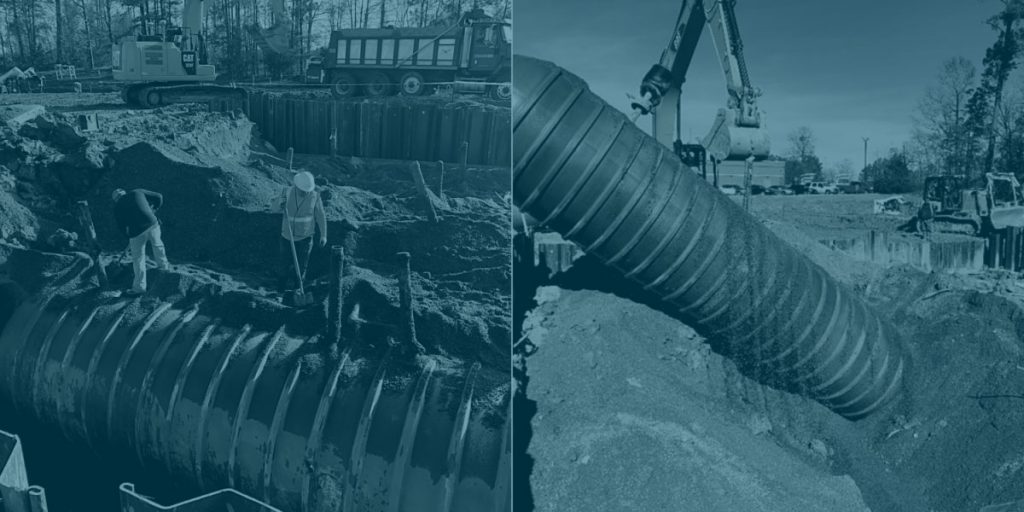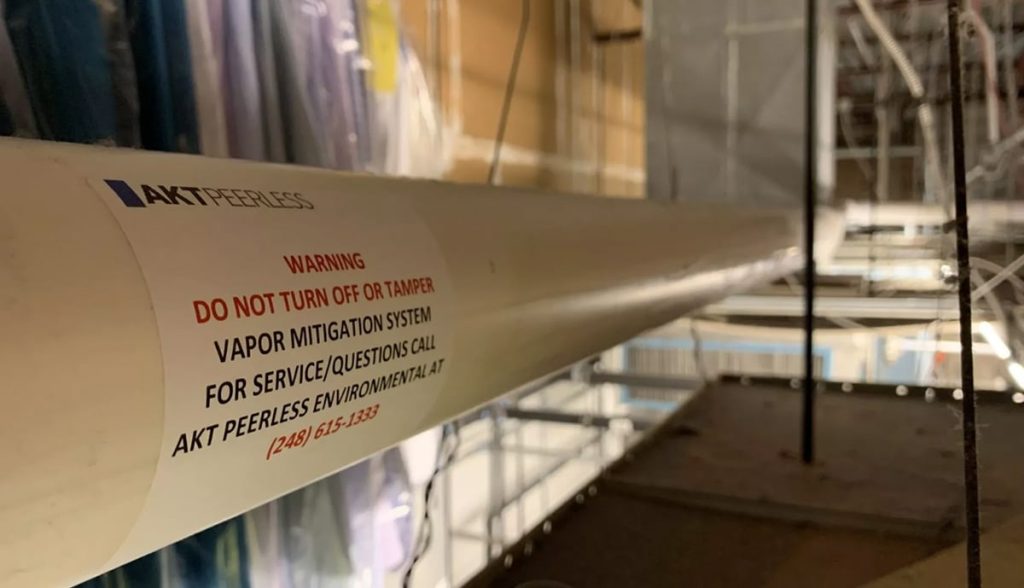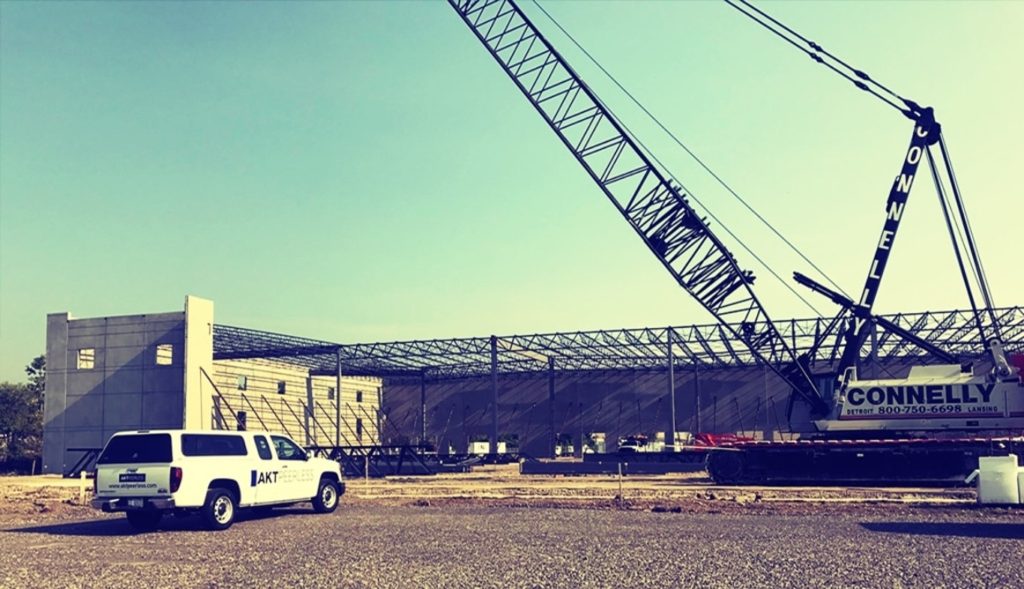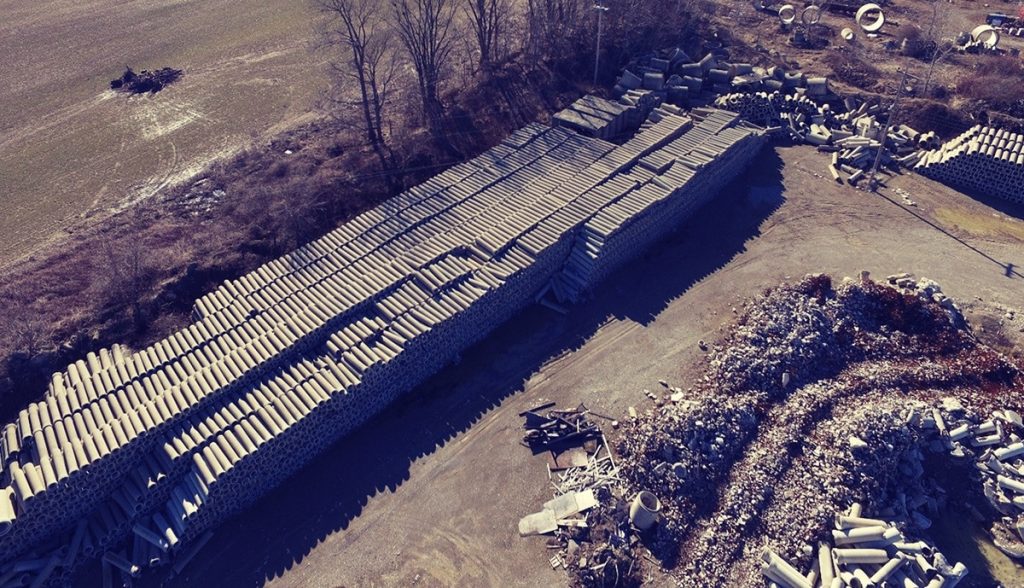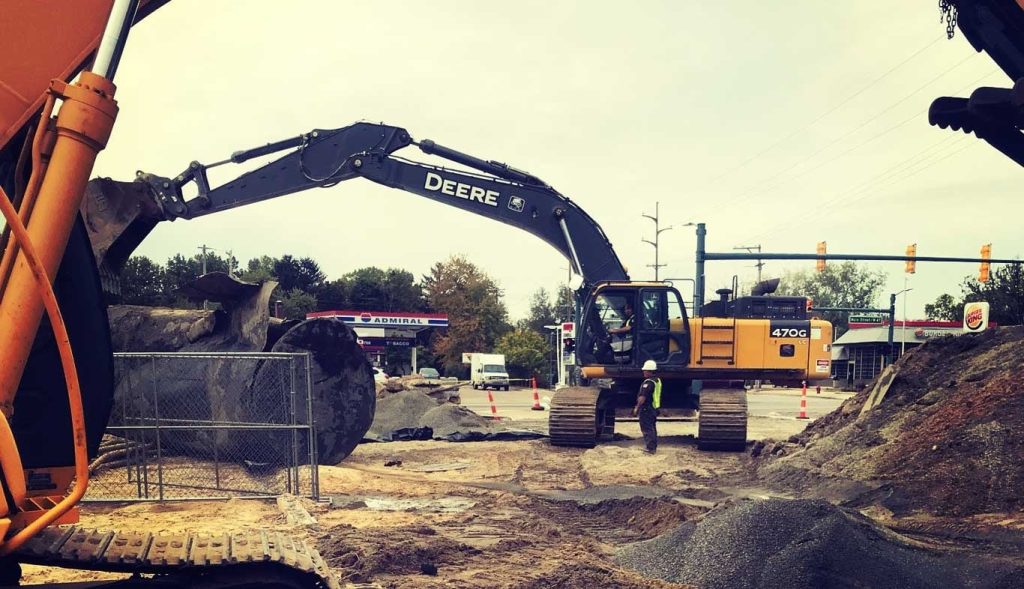California’s new energy disclosure legislation requires that owners and operators of all nonresidential buildings 10,000 square feet and above provide energy data and ratings when entering into financial transactions involving the finance, sale, or lease of a building property. AB 1103 requires non-residential business owners to input energy consumption and other building data into the EPA’s Energy Star Portfolio Manager, which generates an energy efficiency rating for the building. In addition to providing information to the parties of the transaction there are also reporting requirements to provide information to the California Energy Commission. This requirement is now in effect (as of January 1, 2014) for buildings more than 10,000 square feet.
Implementation Schedule for AB1103
The original disclosure deadline was scheduled January 1, 2010 but, after several delays, implementation of the AB 1103 bill requirements are now in effect according to the following schedule:
- On and after January 1, 2014, for a building with total gross floor area measuring more than 10,000 square feet.
- On and after July 1, 2014, for a building with a total gross floor area measuring at least 5,000 square feet and up to 10,000 square feet.
Note: Authority cited: Sections 25213, 25218(e), 25402.10, Public Resources Code. Reference: Section 25402.10, Public Resources Code.
Energy Disclosure Requirements of AB1103
AB 1103 requires accurate building data be entered into the Energy Star Portfolio Manager. An Energy Star Rating and supporting documents are required to be generated. Below is the required disclosure for compliance with AB 1103:
(a) A building owner shall disclose the Disclosure Summary Sheet, Statement of Energy Performance, Data Checklist, and the Facility Summary for the building to:
(1) A prospective buyer of the building, no later than 24 hours prior to execution of the sales contract.
(2) A prospective lessee of the entire building, no later than 24 hours prior to execution of the lease.
(3) A prospective lender financing the entire building, no later than submittal of the loan application.
(b) Nothing in these regulations permits an owner to use tenant energy use data for purposes other than compliance with Public Resources Code, Section 25402.10. (c) A building owner may supplement the above disclosure with forms from other sources, such as the ASTM International (formerly known as the American Society for Testing and Materials) checklist E279711 (2011), the Standard Practice for Building Energy Performance Assessment for a Building Involved in a Real Estate Transaction.
Note: Authority cited: Sections 25213, 25218(e), 25402.10, Public Resources Code. Reference: Section 25402.10, Public Resources Code.
Energy Benchmarking
Energy benchmarking is the process of measuring and comparing energy performance metrics that can detail a building’s level of energy efficiency between similar buildings and helps owners assess energy use and compare performance. Disclosure of energy benchmarking data gives potential buyers key information about a property’s energy efficiency. Over 50 national, regional and local governments have passed ordinances mandating benchmarking and disclosure to some degree. As budgets are increasingly constrained and energy costs rise, California building owners are looking for ways to reduce costs. Energy benchmarking is the first step towards reducing energy consumption. Many property managers are already using energy benchmarking to track energy use and identify inefficiencies across their portfolios. AKT Peerless has extensive experience with the benchmarking process, and we are available to assist with AB1103 compliance in California (as well as building owners across the nation comply with mandatory energy benchmarking laws). We would be happy to discuss your needs and hope we have the opportunity to help you to use energy related policies for a competitive advantage. Contact us today for more information.

